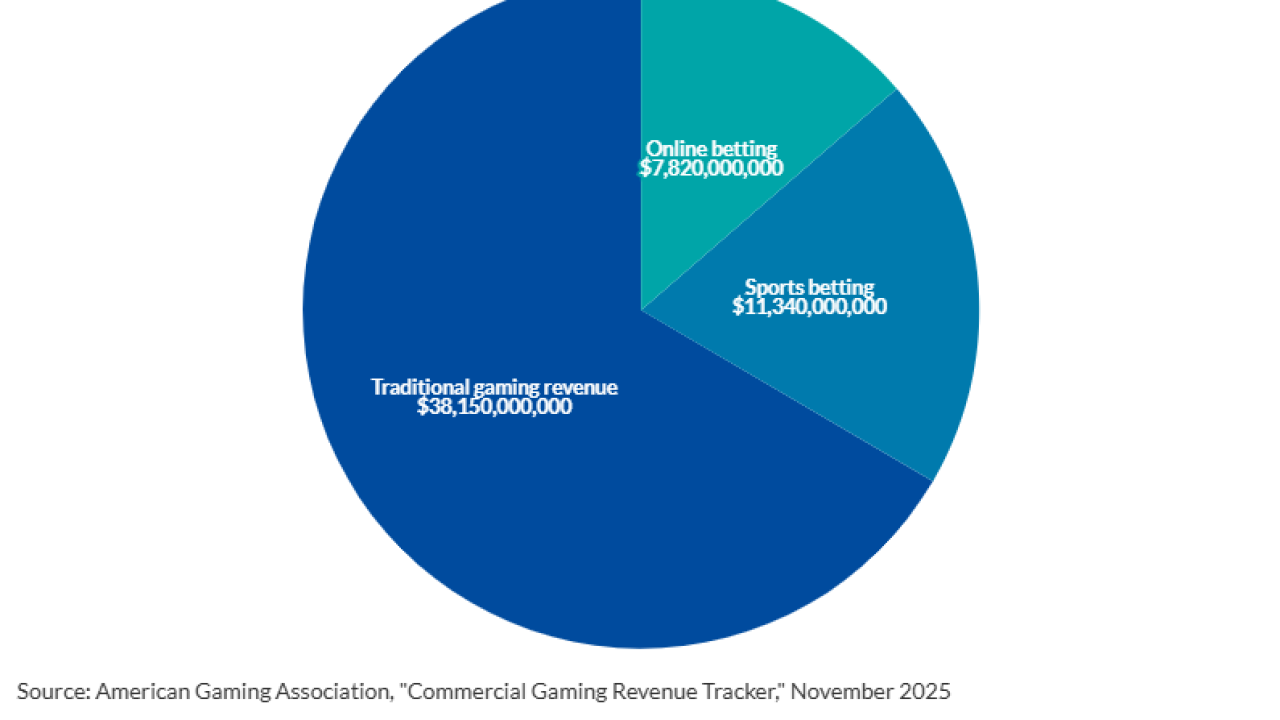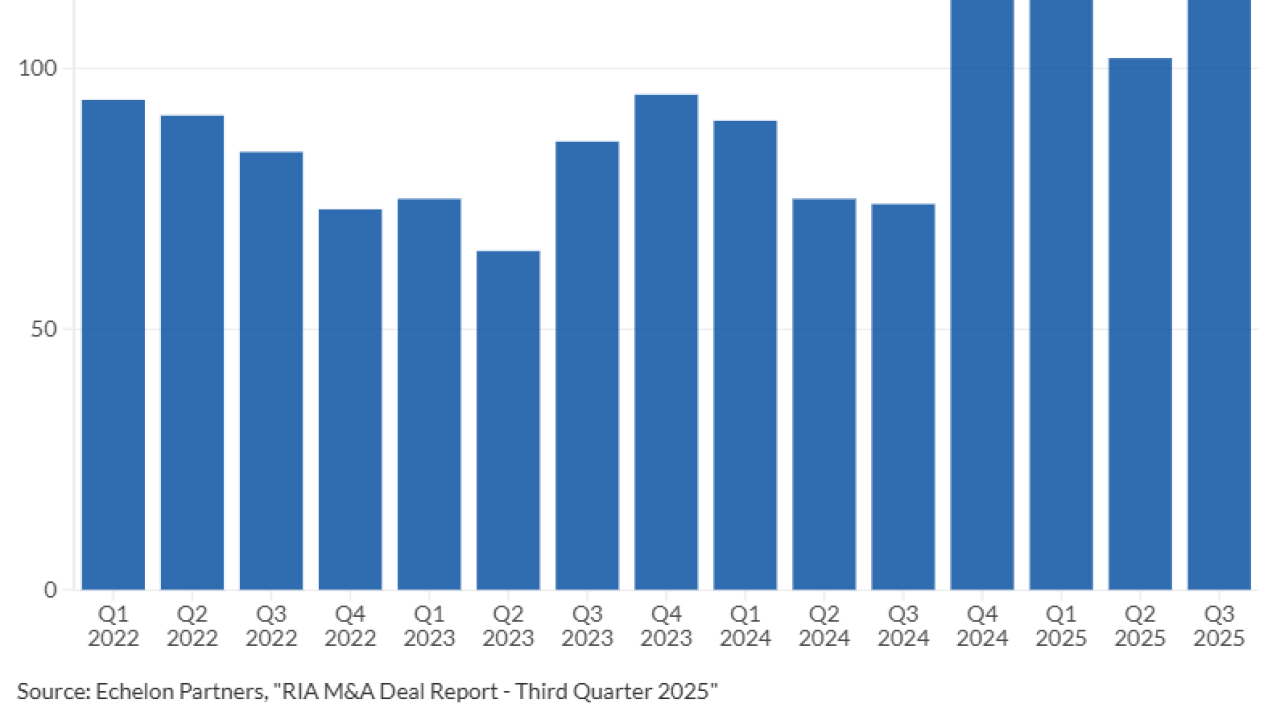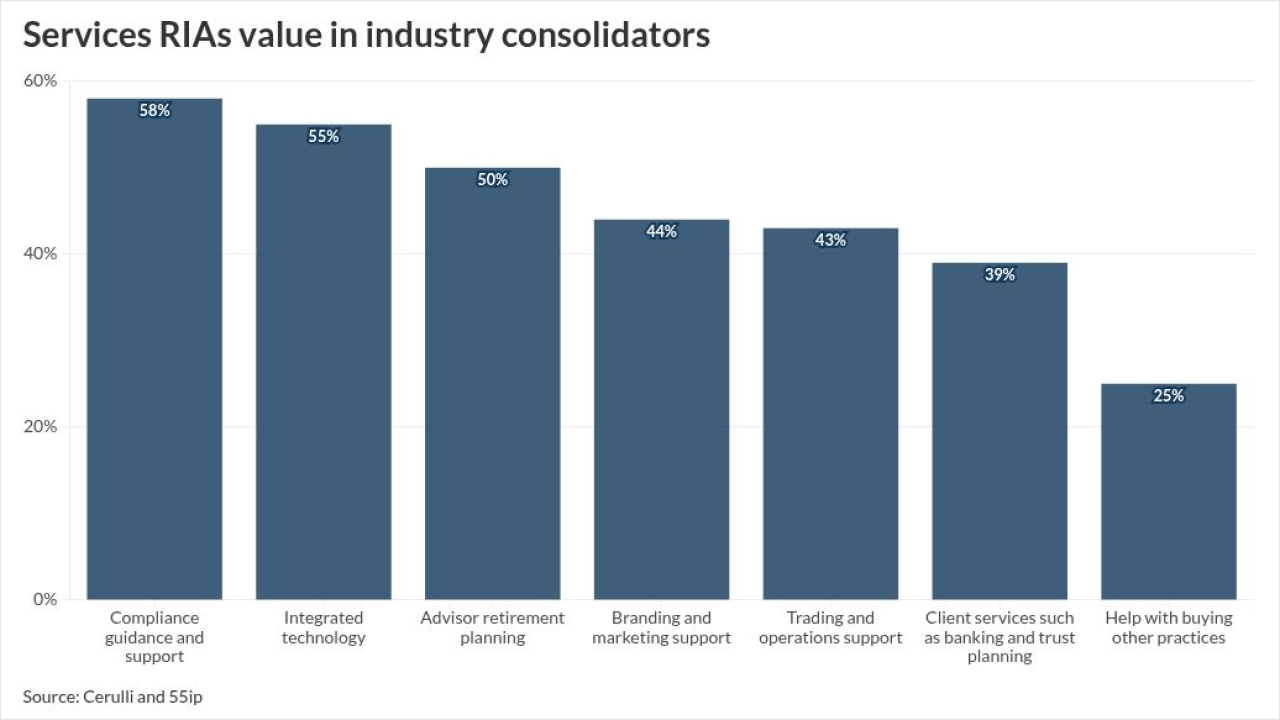Thematic investing has become all the rage in the investment community. The rationale behind it is simple: By aligning portfolios to take advantage of major

So far, however, the results have been poor. According to a
The failure of these strategies to generate superior returns often originates from advisors and investors accepting the conventional wisdom that as long as you put your money in the most innovative and high-growth industries, you should outperform the market. But this could not be further from the truth.
Sun signs
Consider the solar industry. At the start of the 2010s, the U.S. Energy Information Administration projected that solar installed capacity would rise by about 12% per annum over the next 25 years.
Solar energy went on to shatter even the most optimistic expectations, transforming the world's energy mix faster than any other technology before it. To date, installed capacity has grown by over fortyfold while prices for solar panels plummeted thanks to dramatic technological improvements.
READ OR LISTEN:
One would assume that those who invested in
Smoke and mirrors
Meanwhile, just like an industry with high growth rates does not guarantee high equity returns, an industry with a shrinking customer base can be an attractive investment opportunity.
Take the example of tobacco. In 1965, the surgeon general published his findings that tobacco caused cancer. Five years later, advertising for tobacco products was banned on television and radio in the U.S. The rest of the world followed suit, and by the 1980s tobacco consumption globally peaked and began its irreversible decline. In the U.S. alone, cigarette consumption per capita has declined by 90% since the 1960s.
And yet tobacco companies went on to become the best-performing industry in the U.S. stock market over the next 50 years. Once again, the industry's competitive landscape was key. Prohibitions on advertising and onerous regulation dramatically raised cost of entry and bankrupted smaller competitors, granting oligopoly power to the largest incumbents. In turn, this allowed them to raise their profit margins and pay out money to shareholders that would have originally been destined for capital expenditures.
The upshot on thematic investing
Advisors who deploy thematic strategies in their clients' portfolios should always remember that identifying which technologies and megatrends will change the world is only half the battle. Good old fashion industry analysis is still required in order to determine whether those structural changes can be translated into profits and, ultimately, returns.
At the end of day, investors get paid in dollars, not in innovation or growth.





